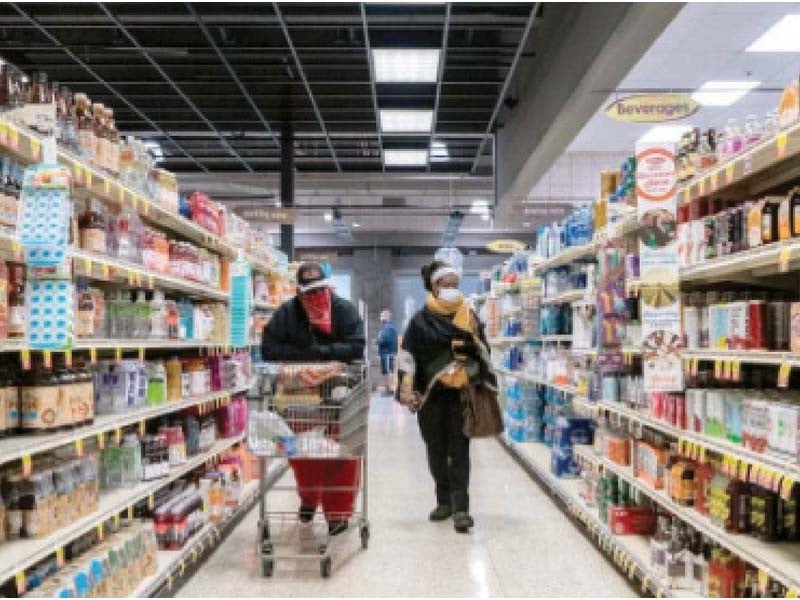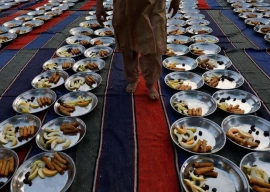
Pakistan’s inflation reading is projected to hit over five-decade high at 35.8% in March 2023 mainly due to the surge in food prices at the start of Ramazan, setting the stage for another aggressive hike in the benchmark policy rate by two percentage points next week.
Ismail Iqbal Securities Head of Research Fahad Rauf said in a commentary that inflation would further spike to 38.3% in April.
“Inflationary pressures will persist in April as most of the impact of increase in Ramazan-related food prices and removal of wheat subsidy is yet to reflect in the (monthly) CPI inflation data.”
Domino-effect of increase in energy prices on businesses and households, massive rupee devaluation in the recent past and administrative control over imports have reduced the purchasing power of people in March as compared to the same month of previous year.
“Inflation is projected to reach 35.8% year-on-year in March compared to 31.5% in February,” the analyst said.
The 31.5% reading in February was a five-decade high. On a month-on-month basis, inflation is expected to be 4% higher in March following a 4.3% increase in February.
“The month-on-month surge came mainly in the wake of higher food prices and announcement of mini-budget (mainly increase in duty on cigarettes),” Rauf stated.
He noted that inflation in Pakistan had shot up to the highs where Sri Lanka nation defaulted on foreign debt repayment.
High inflation, coupled with the International Monetary Fund’s (IMF) recommendation for rate hike, has set the stage for the State Bank of Pakistan (SBP) to increase its key policy rate by two percentage points to an all-time high of 22% early next month.
“Monetary policy committee (MPC) is scheduled to meet on April 4, where we expect the rate to further go up by 200 basis points to a new high of 22%, considering the inflation trend and the delay in IMF programme,” the analyst said.
Already the central bank had on March 2 jacked up the policy rate by 300 basis points to over 26-year high at 20%.
Another analyst said the other day the persistent increase in the policy rate had lately become ineffective in controlling inflation, which was soaring primarily due to high energy prices and rupee devaluation.
The central bank could control only demand-side inflation, but it could not restrict supply-side inflation like increase in energy prices, the analyst elaborated.
The rate hike has slowed down the economy, forced many businesses to temporarily shut production lines and rendered millions of workers jobless.
Rauf said that core inflation (non-food and non-energy) was expected to remain above 2% month-on-month, reflecting the impact of rupee devaluation, import restrictions and increase in goods prices.
“We estimate rural core inflation at 23.2% compared to 21.5% in February and urban core inflation at 17.9% compared to 17.1% in February.”
The research house’s inflation preview suggested that the food and non-alcoholic beverages inflation may have increased by 47.4% in March compared to the same month of previous year.
The largest increase of 155% was projected in the category of alcoholic beverages and tobacco.
In February, the government approved a significant increase in electricity prices in the range of Rs3.3 to Rs15.52 per unit for the residential consumers, farmers and exporters to collect an additional Rs237 billion over four months.
Besides, the rupee has depreciated by a massive 19%, or Rs54, in the past two months to around Rs284 against the US dollar compared to around Rs230/$ in late January 2023.
Published in The Express Tribune, March 30th, 2023.
Like Business on Facebook, follow @TribuneBiz on Twitter to stay informed and join in the conversation.





















COMMENTS
Comments are moderated and generally will be posted if they are on-topic and not abusive.
For more information, please see our Comments FAQ